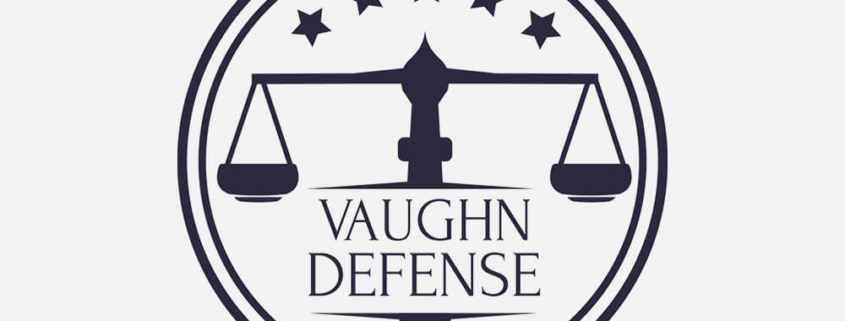The Return of the Single-Investigator Model in Title IX Cases: What It Means for Colleges and Universities
In a significant shift from recent norms, the 2024 Title IX Final Rule reintroduces the option for colleges and universities to use the single-investigator model in handling complaints of sex-based harassment and discrimination. This model, which allows the same person to act as the investigator, decision-maker, and Title IX coordinator, has been a topic of substantial debate. Here’s what this change means and how it could impact the parties involved.
What is the Single-Investigator Model?
Under the single-investigator model, one individual is tasked with investigating the complaint, making factual determinations, and deciding whether the accused is responsible for violating Title IX policies. This model was previously more restricted due to concerns about fairness and bias, but has now been revisited to provide flexibility and potentially streamline the grievance process for colleges and universities.
Arguments For the Model
Supporters argued that the single-investigator model can make the grievance process:
- More efficient: Reducing the number of people involved can shorten the time it takes to resolve complaints.
- Less intimidating: Simplifying the process might encourage more students to come forward with complaints, as the process is less formal and potentially less daunting.
- Cost-effective: Having one person handle multiple roles can reduce the administrative burden on institutions, especially smaller ones with limited resources.
Some also believe that individuals serving in these roles tend to have lower turnover rates and higher training levels, which might enhance the quality of investigations and decision-making.
Criticisms and Concerns
However, the model is not without its critics. Opponents raised several concerns:
- Potential for bias: Critics argued that one person handling all aspects of the case could lead to biased outcomes, as the investigator might develop preconceived notions that could influence their decision.
- Lack of checks and balances: With no separate roles, there’s a reduced capacity for oversight and balance in the process, potentially compromising the fairness required under Title IX.
- Impact on due process: Some worried that combining these roles might diminish the procedural protections for the accused, such as the right to cross-examine evidence and witnesses in a live hearing setting.
Balancing Flexibility and Fairness
In response to these varied perspectives, the Department of Education supported the model, provided there are adequate checks and balances to ensure fairness and impartiality. The final regulations include provisions to prevent conflicts of interest and ensure all parties can respond to the evidence and report. Additionally, institutions are required to clearly articulate when and how the single-investigator model will be applied, maintaining transparency with their procedures.
Conclusion
The reintroduction of the single-investigator model in Title IX grievance procedures offers institutions a more flexible and potentially efficient method to handle complaints. However, it also places a significant responsibility on these institutions to safeguard the rights of all parties involved and ensure the process remains fair and unbiased. It remains to be seen how colleges and universities will implement this option. It is important to note that the regulations simply permit this to be an option. It is not a requirement. Furthermore, colleges and universities could decide only certain types of offenses can use the single investigator model whereas other types would require a separate decision maker or even a live hearing.
For students, parents, and fellow attorneys, understanding these changes is crucial. Each college and university will have its own policy describing how and when they will implement these new regulations. It is important to seek out someone who can help you understand these policies considering it is unlikely they will all be consistent with one another. If you or someone you know is navigating a Title IX grievance, it’s important to be aware of how these procedural choices might affect the case. Whether you’re seeking guidance on this new model or need support in a Title IX issue, do not hesitate to reach out for professional assistance.





Leave a Reply
Want to join the discussion?Feel free to contribute!